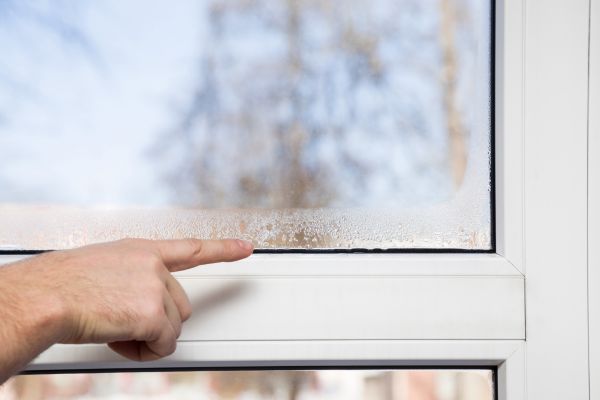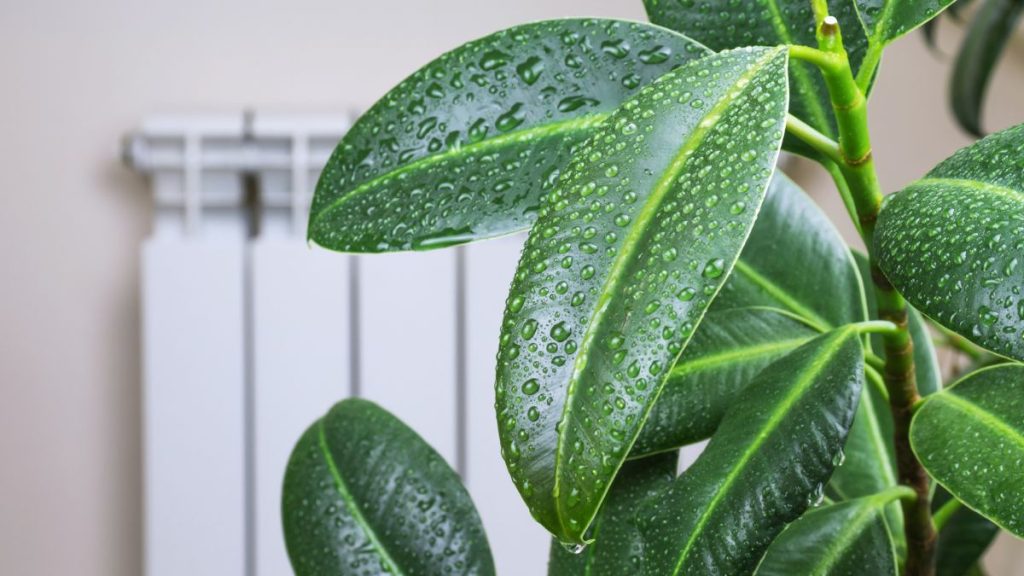We all know it: humidity plays a critical role in determining thermal comfort in a room. Thankfully, you need not maintain a precise humidity percentage. Indoor humidity levels between 40 to 50 per cent are considered comfortable.
But in many homes, the right levels are not maintained. Once you step out of this range, the comfort levels in the indoor space will come down.
Firstly, high humidity lowers the evaporation rate of sweat from the skin making us feel uncomfortable. High humidity will increase the growth of moulds as well as those pesky little dust mites. On the other hand, if it drops too low, there can be skin and respiratory issues, along with higher chances of viral infections.
Keep in mind that all humidity measurements indicate relative humidity (RH) which has to do with the ambient temperature and is expressed in percentages. If the air is saturated with water vapour, the relative humidity is 100 percent.
The question is, how do you control humidity?
Time to find out.
What Causes High and Low Humidity in a Home?

The first step towards avoiding a sticky humidity situation in your home is to find out the underlying causes. One of the main preconditions for low humidity is cold weather. Therefore, the relative humidity is lower in winter than in summer. Other than that, the use of dehumidifiers and air conditioning can lower humidity.
High humidity, on the other hand, can be caused by various factors, of which ventilation is the primary one. If excess outside air comes inside or excess indoor air is exhausted, the humidity levels will change. Oversized cooling systems or poor indoor air circulation can also be reasons. Other reasons can be rain or groundwater penetration, water-based cleaning, or burst pipes.
How Does an AC System Control Humidity?
One of the most common questions about humidity is – does air conditioning control humidity?
Yes, it does. But it may not be the best solution if your home has extreme humidity levels.
You may have heard a dripping sound from the AC system. That’s the water from the evaporator coil dripping out as condensate. Since an AC system functions through evaporative cooling, dehumidification has to happen as part of the process. As the evaporator coil absorbs the heat from the indoor air, the water vapour in the air condenses.
Turning up the AC does help in making the indoor air feel less clammy. Just make sure that the AC filter is clean. Similarly, heat pumps running in cooling mode perform the same function. But the other way around doesn’t work: none of the systems can add moisture to the indoor air.
However, the AC unit may not be sufficient to remove the excess moisture in the air, especially if the space is large and humidity levels are more than 60%.
How Do You Control Humidity?

The easiest way to check the indoor humidity levels is with a hygrometer. Once you have a reading, you can decide whether to add or remove moisture from the indoor air.
4 Ways to Lower Humidity
If you want the humidity levels to stay around 45-50%, you will need a dehumidifier or use some other moisture control methods. Make sure to check the final humidity levels, or else, you might end up with respiratory infections.
Take it from Dr. Stephanie Taylor, a consultant at Harvard Medical School: “If you already have mold and turn the humidity way down (or dehumidify), you really get into trouble. This is when the fungal hyphae or spores become airborne and cause the worst respiratory or allergy symptoms. The solution, get rid of the mold, maintain RH 40-60 percent, and improve your insulation.”
1. Use Dehumidifiers
One way is to use portable dehumidifiers as humidity controllers for specific rooms. These devices are less expensive and require no installation. However, they can be noisy and need frequent cleaning and emptying of the reservoir tank.
The other option is to use a whole-house dehumidifier by integrating it with the existing HVAC system. While the installation is expensive, this system allows you to maintain the right humidity levels across a large area.
2. Use Moisture Absorbing Bags
These bags contain chemicals like calcium chloride that absorb moisture from the air. The absorbed moisture gets collected in the form of water at the bottom of the bag. You can hook up such bags in multiple spots in your home. Some of the best spots for using these bags are places with less airflow like closets, or basements.
3. Ventilation
If the indoor air smells musty, ventilation is your best friend. Turn on the ceiling fans and exhaust fans to promote air circulation. If a cool breeze is blowing, opening the windows and letting the fresh air in is a good idea. Leave the interior doors open to ensure good airflow.
4. Keep Surfaces Dry
Cut down activities that release moisture in the air. These include boiling or steaming in the kitchen, long showers, and running water. Remember that wet carpets and clothes can be a major source of moisture. Dry your clothes outdoors to reduce moisture levels.
Even your houseplants release moisture in the air. Maybe place them on the porch or balcony for a few weeks? Place a plastic liner or a vapour barrier on the floor of your crawl space to prevent the soil moisture from rising.
3 Ways to Increase Humidity
Good news: adding moisture to the air is easier than removing it. Making use of the natural process of evaporation is the easiest way to do it.
1. Use Humidifiers
Humidifiers add moisture to the air and there are various types that you can use based on your preferences. The most efficient option, and also the most expensive, is to connect a central humidifier to your home’s air conditioning. Other options are evaporators, steam vaporizers, and impeller humidifiers. Some air purifiers also have built-in humidifiers.
2. Adjust Heat Usage
Since the hot air blowing into your room from the central heating system will dry out the air, use the thermostat to lower the temperatures. The other option is to use radiator-based heaters. The radiant heat has less drying effect than the hot air blowing in from the ducts.
3. Add Moisture to the Air – the Natural Way
To add moisture naturally, place bowls of water around the house and in front of hot air vents. Let your bathwater evaporate and cool before draining it. Or, after you take a hot shower, turn off the exhaust fans in the bathroom to prevent the moist air from being pulled out.
Other ways of adding moisture are cooking on the stovetop and hanging your laundry indoors for air drying. Bringing in a few houseplants can help raise moisture levels too.
How to Control Humidity In Your House: FAQs
How can we control humidity?
Humidity can be controlled by adjusting the moisture levels in your house. For that, the easiest way is to use humidifiers and dehumidifiers along with air conditioners. In addition, there are a few natural methods for controlling indoor humidity.
What is the standard for humidity control?
Maintaining an indoor relative humidity level of 30 to 50 per cent is suggested by many health bodies. However, recent research suggests that 40 to 60 percent humidity labels provide the maximum benefits.
How to decrease humidity naturally?
To decrease humidity naturally, reduce the moisture source in your home. For starters open the windows to improve ventilation. Reduce the number of hot showers you take, and repair all leaky pipes and faucets. Place the houseplants outside and make sure that your rugs and carpets are not kept wet.



